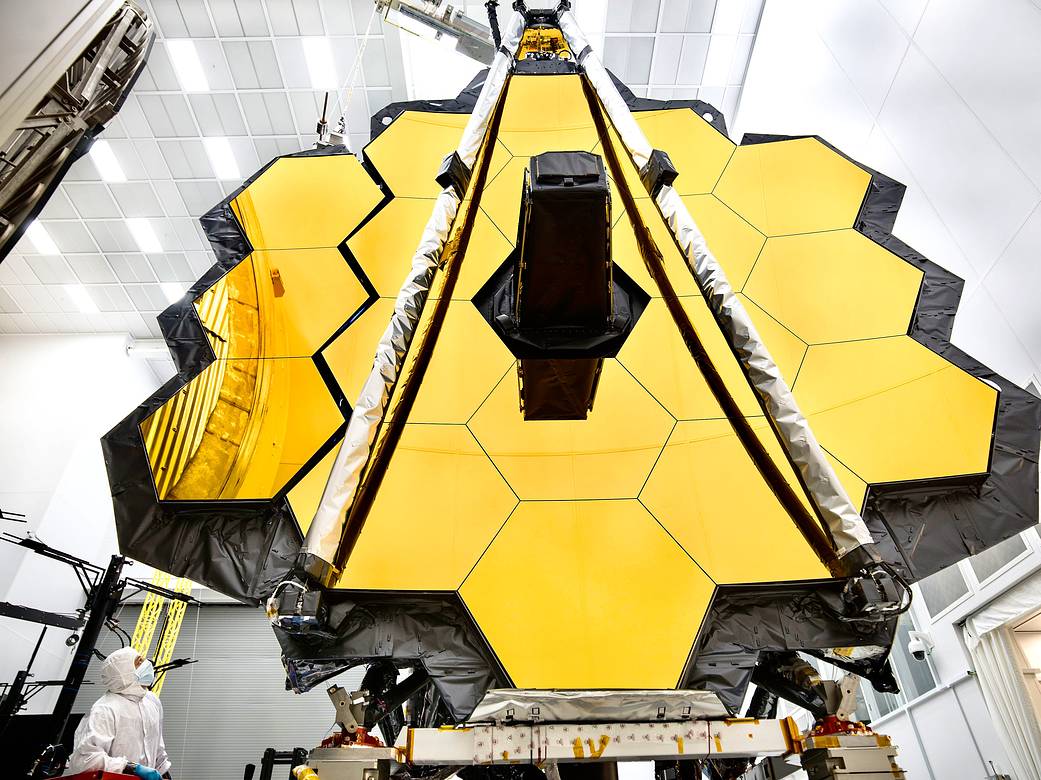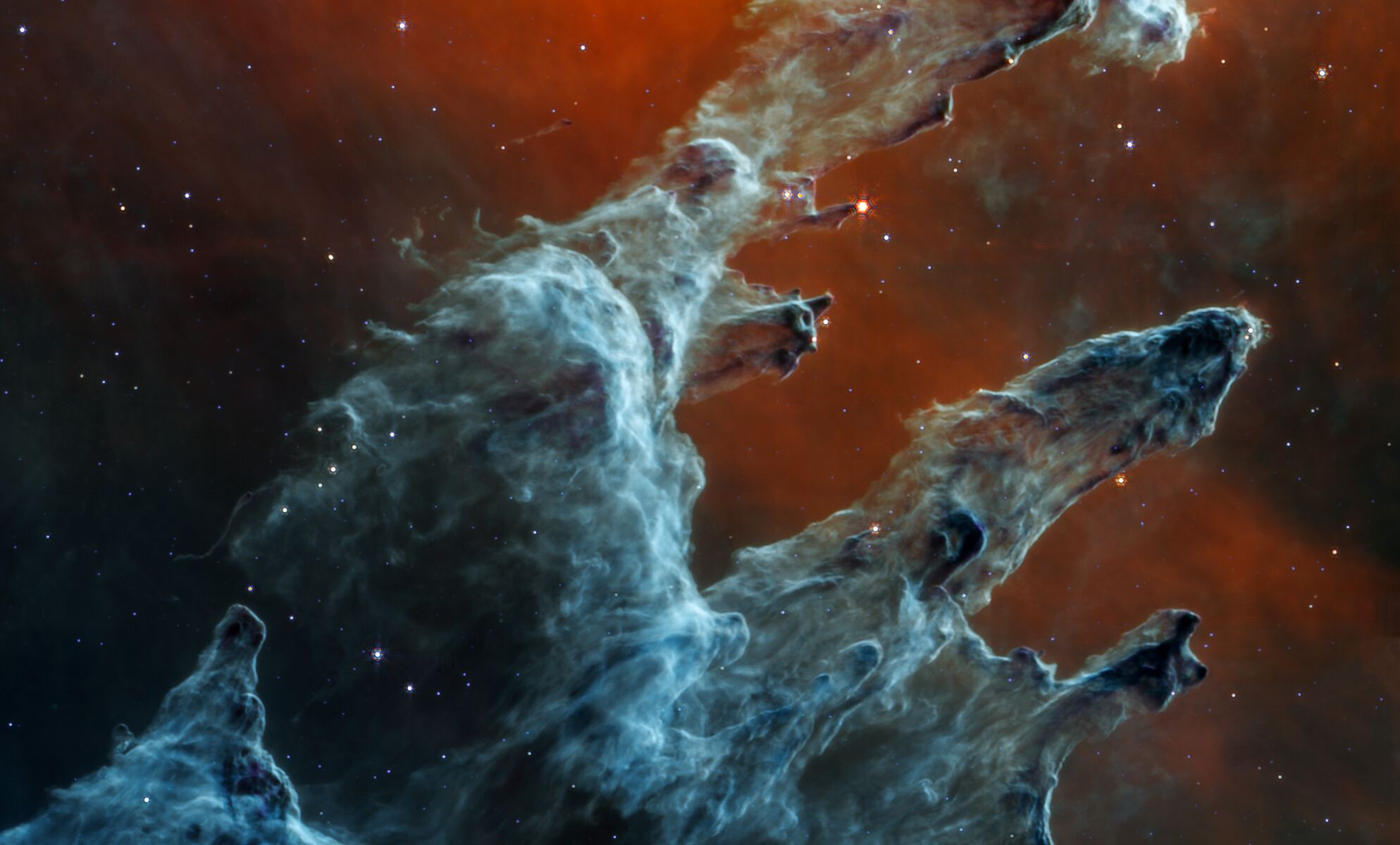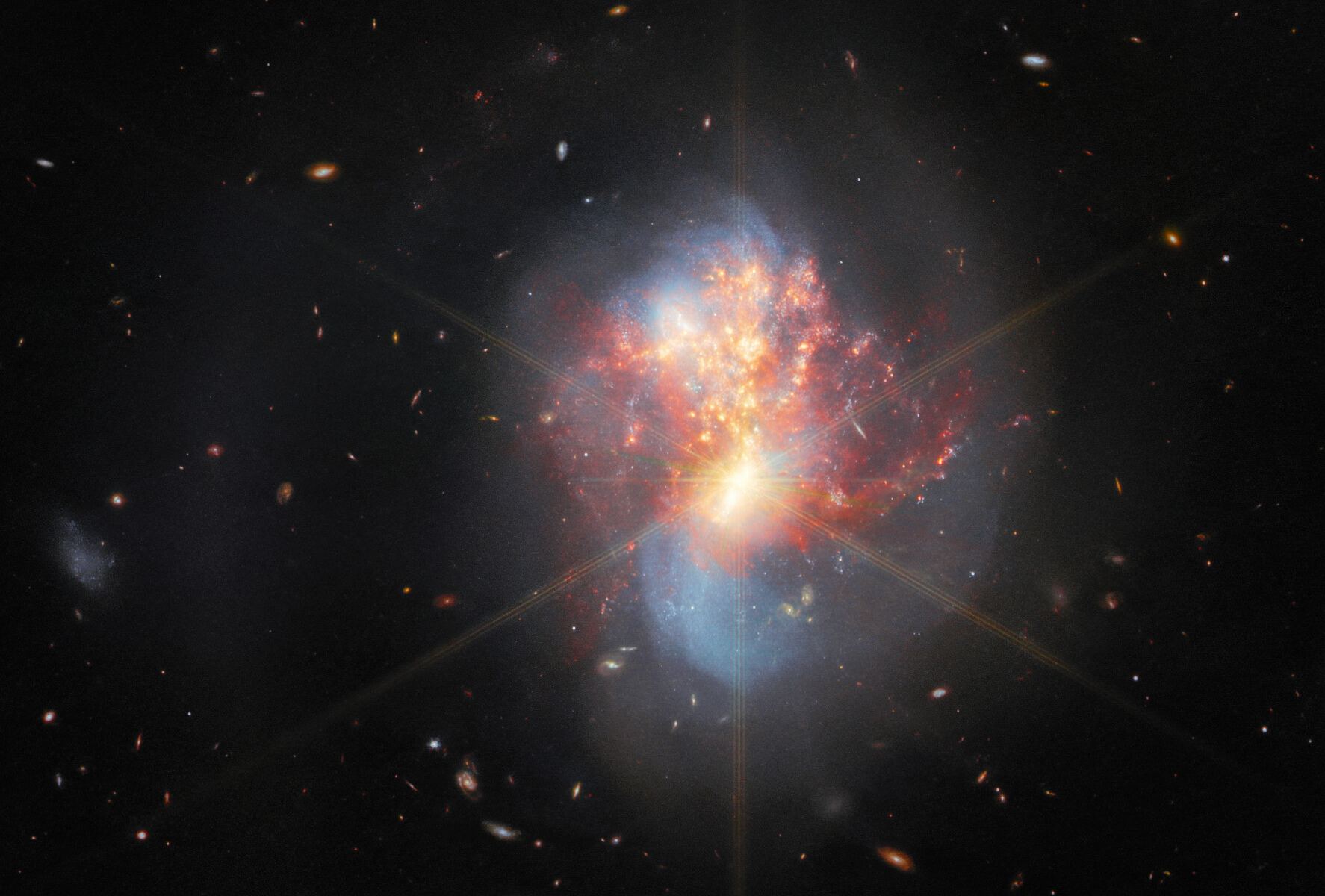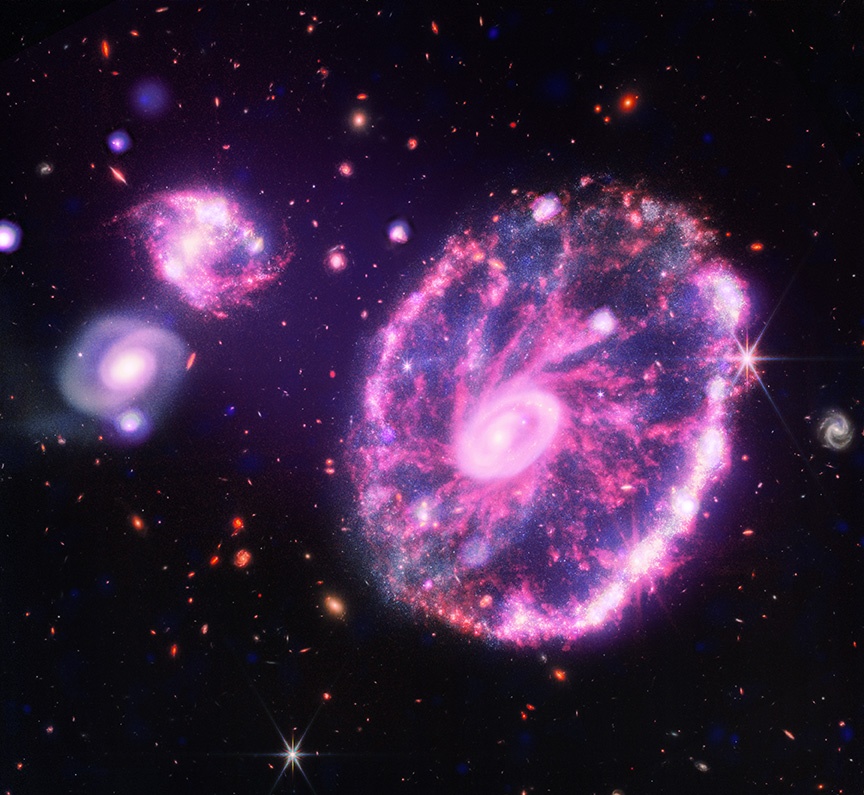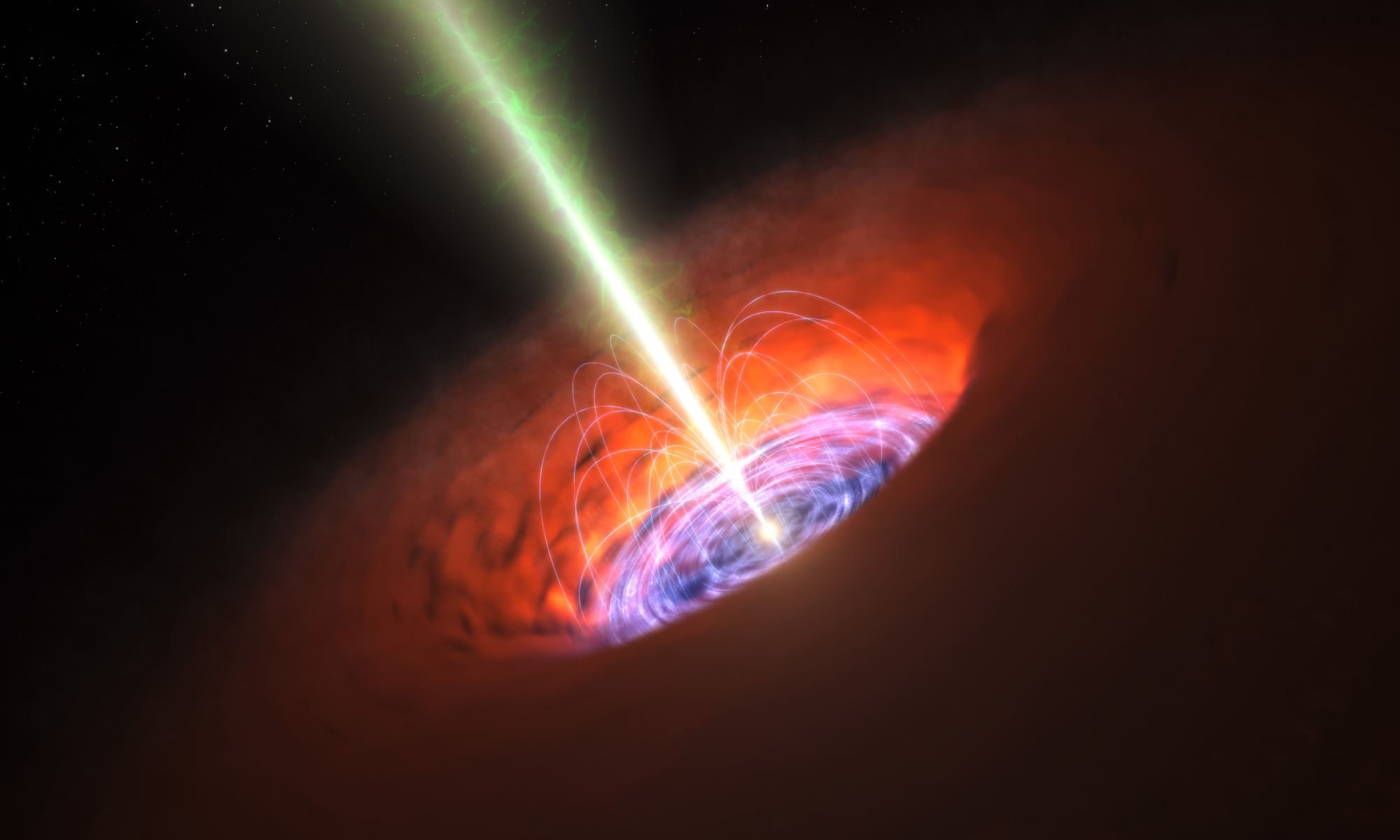Micrometeoroid strikes are an unavoidable part of operating a spacecraft. But after the James Webb Space Telescope (JWST) was hit with a larger than expected piece of space dust earlier this year, engineers are making changes to the way the telescope will be pointed in an attempt to avoid excess or larger impacts from space dust.
Continue reading “NASA has a Plan to Minimize Future Micrometeoroid Impacts on JWST”NASA has a Plan to Minimize Future Micrometeoroid Impacts on JWST
